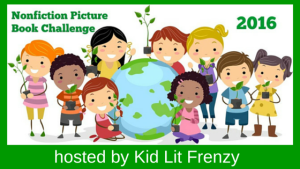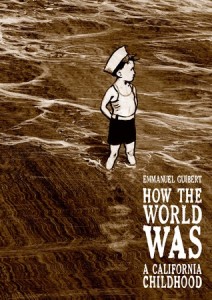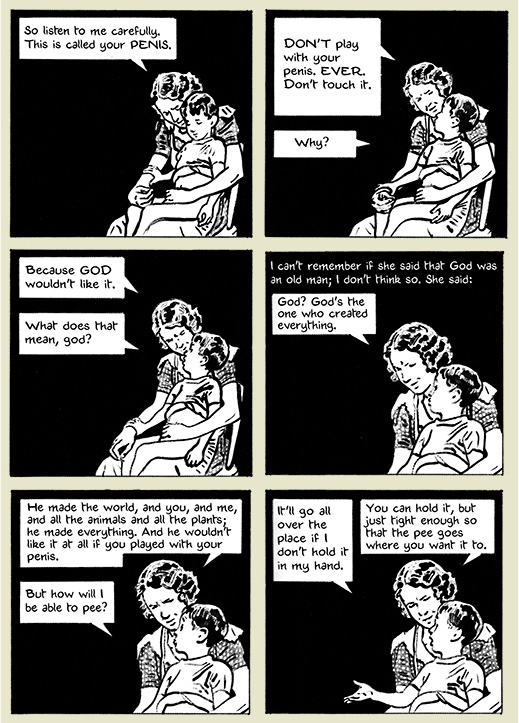Nonfiction Wednesday
Nonfiction Picture Book Wednesday is hosted by Kid Lit Frenzy and was started to help promote the reading of nonfiction texts. Most Wednesdays, we will be participating and will review a nonfiction text (though it may not always be a picture book).
Be sure to visit Kid Lit Frenzy and see what other nonfiction books are shared this week!
How the World Was: A California Childhood
Author: Emmanuel Guibert; Translation: Kathryn Pulver
Published: July 15, 2014 by First Second
Summary: In 1994, French cartoonist Emmanuel Guibert befriended an American veteran named Alan Cope and began creating his new friend’s graphic biography. Alan’s War was the surprising and moving result: the story of Cope’s experiences as an American GI in France during World War II.
How the World Was is Emmanuel Guibert’s moving return to documenting the life of his friend. Cope died several years ago, as Guibert was just beginning work on this book, but Guibert has kept working to commit his friend’s story to paper. Cope grew up in California during the great depression, and this remarkable graphic novel details the little moments that make a young man’s life…while capturing the scope of America during the great depression.
A lyrical, touching portrait, How the World Was is a gift for a dear friend in the last moments of his life… and also a meditation on the birth of modern America.
Review: Many of you know Emmanuel Guibert’s graphic novel Alan’s War. Guibert is a French cartoonist who tells the true story of Alan Cope, an American GI in France in WWII. How the World Was: A California Childhood depicts Alan’s earlier childhood experiences, growing up during the Great Depression in California. The graphic novel is unlike others that I’ve read, and I really enjoy Guibert’s style. The chapters read like vignettes of Cope’s childhood; some of the scenes are graphic, and many are quite moving. This text would be excellent for close reading, and I don’t think readers even need to read it in its entirety to appreciate and understand each chapter.
Teacher’s Tools for Navigation: I’d love to use this text in the classroom, and I would probably use a single chapter. (This would inspire readers to take the entire book out on their own, which is a style I love to use when I am teaching.) I was particularly moved by the end of the book, where Alan’s mother goes in for surgery. I’d love to do a close reading of this section to discuss author’s purpose and Alan’s identity development.
Discussion Questions: How does this graphic novel differ from others that you’ve read?; How is the author’s writing style similar to short vignettes? Why might he have chosen to write the book in this why? Is it effective for you, the reader?; What scenes stand out to you? Why might this be?
Flagged Passage: I’ve included a section that stands out to me. It is a bit peculiar to include in a graphic novel, but there is a lesson in the pages that follow. I imagine that censors would be horrified to see this page alone, but within the context of the chapter, it is a very important scene.
Special thanks to http://goodokbad.com/index.php/reviews/how_the_world_was_review for sharing this scene in his reviews. It’s a good one.
Read This If You Love: The Photographer by Emmanuel Guibert; Alan’s War by Emmanuel Guibert; The Stranger by Albert Camus; The House on Mango Street by Sandra Cisneros





